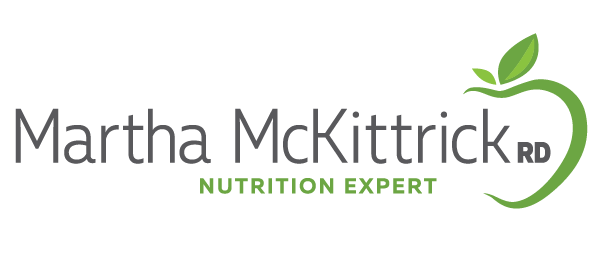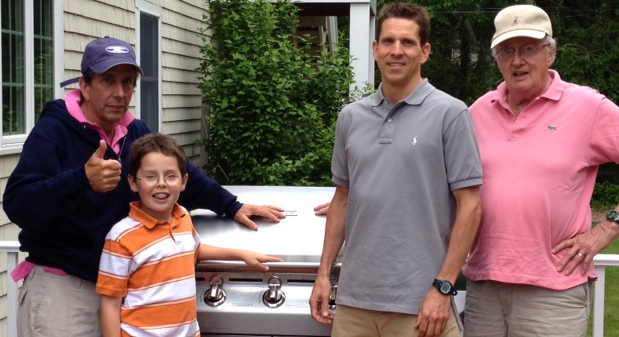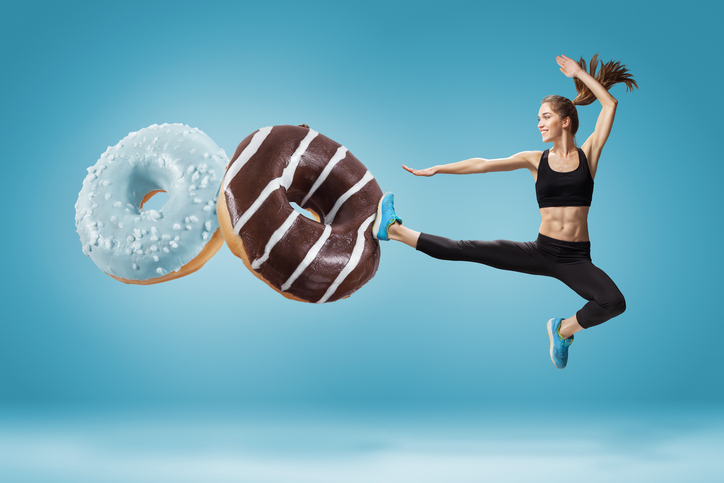Six Surprising Signs of Iron Deficiency

Many of us regularly head to the gym to pump iron, but rarely give a second thought to getting enough of another kind of iron – the nutrient – in our diets. This could be why iron is one of the most common nutrient deficiencies, affecting up to 30 percent of certain populations. Women between the ages of 12 and 49 and children under 5 years old are at highest risk for iron deficiency. A 2012 report by the Centers for Disease Control and Prevention (CDC) showed that 10% of women of childbearing age had low iron levels. This number was even higher in Mexican-American (22%) and Non-Hispanic Black women (19%). People who are active and regularly exercise, especially teenagers and vegetarians, are at an even higher risk of developing iron-deficiency. One of my colleagues, Alissa Rumsey, MS,RD, wrote this blog post on surprising signs of iron deficiency. Read on!
Iron is a mineral involved in many important body functions, from producing red blood cells, to keeping hair, skin and nails healthy. Most of our iron stores are found in hemoglobin, the part of red blood cells that carry
oxygen to the rest of the body. Often you won’t notice symptoms of deficiency right away, since your body pulls from your iron stores when you aren’t eating enough. But once your body’s stores dip too low, these symptoms can be warning signs of deficiency.
6 surprising signs of iron deficiency
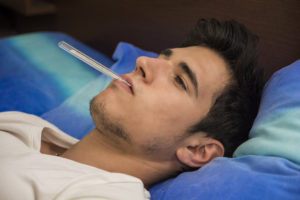
You are getting sick more often. Iron plays a key role in keeping our immune systems functioning. Red blood cells, produced by iron, carry oxygen to our lymph nodes, which house infection-fighting white blood
cells. When you are lacking iron, these white blood cells aren’t as strong, which makes you more susceptible to infections.- You are exhausted. One of the most common signs of iron deficiency is fatigue. Without enough iron, your body isn’t able to carry enough oxygen to the cells, which results in a lack of energy, weakness, lightheadedness and extreme fatigue.
-

Your tongue is swollen. Lack of oxygen can cause your muscle to swell, most noticeably your tongue. A sore or swollen tongue, or tiny cracks on the sides of your mouth are common symptoms associated with iron deficiency.
- Your hair is falling out. Without enough oxygen, your hair can not grow and can fall out. While it is normal to lose about 100 strands of hair per day, if you notice excessive hair loss and it isn’t growing back, this could be a sign you aren’t getting enough iron.
- You crave nonfood substances. As strange as it sounds, iron deficiency may cause people to develop cravings for nonfood items such as clay, chalk, or dirt. It isn’t clear why this condition,known as Pica, is associated with low iron stores, but giving in to these cravings and eating these items can be very harmful. This is typically more common in children than adults.
- You are always cold. Cold hands and feet, as well as overall low body temperature, can be another sign you aren’t getting enough iron. These cold appendages can happen as a result of lack of oxygen, due a lower supply of red blood cells.
Adult women need 18 mg of iron per day, and up to 27 mg per day during pregnancy, while men and postmenopausal women need 8 mg. Not all iron is created equal: heme iron, found only in meat, poultry and fish, is much better absorbed than the nonheme iron found in plant based foods. Vegetarians and vegans can still meet their needs with plant-based sources of iron, but they generally need 1.5-1.8 times the amount of iron, since only 5% of nonheme iron is absorbed, compared to 15-30% of heme iron. To boost absorption, pair plant-based sources of iron, including spinach, certain types of beans, seeds and fortified cereals, pair with a food high in vitamin C.
 This vitamin is found in citrus fruits like orange, lemon or grapefruit, as well as tomatoes and peas. Steer clear of coffee, milk, and other dairy foods while eating foods high in iron, as they can block absorption. If you’re taking a multivitamin, women between ages of 12-49 should look for one with 18mg of iron, while men and postmenopausal women can choose a multi with 8mg of iron.
This vitamin is found in citrus fruits like orange, lemon or grapefruit, as well as tomatoes and peas. Steer clear of coffee, milk, and other dairy foods while eating foods high in iron, as they can block absorption. If you’re taking a multivitamin, women between ages of 12-49 should look for one with 18mg of iron, while men and postmenopausal women can choose a multi with 8mg of iron.
| Heme Iron Source | Amount of Iron |
| Chicken liver | 11 mg of Iron per 3 ounce serving |
| Oysters | 6-9mg Iron in 3 medium oysters |
| Red meat | 2-3 mg per 3 ounce |
| Sardines | 2mg per 3 ounce |
| Turkey | 2mg per 3 ounce |
| Non-Heme Iron Source | Amount of iron |
| Fortified breakfast cereals | 16-18 mg per serving |
| Soybeans | 8mg per cup |
| Lentils | 6mg per cup |
| Tofu | 6mg per 4 ounces |
| Cooked Spinach | 6mg per cup |
| Chickpeas | 4.7mg per cup |
Bio:
Alissa Rumsey MS, RD, CDN, CSCS is a nationally recognized registered dietitian and certified strength and conditioning specialist based in New York City. Having started her career working at New York Presbyterian Hospital, Alissa quickly saw the long-term effects that poor nutrition and physical inactivity could have on the body. After working for over six years with critically ill adults, she developed Alissa Rumsey Nutrition & Wellness Consulting to help others improve their health and wellbeing, helping people create a positive, sustainable relationship with food and exercise. Alissa’s expertise is regularly featured on television, online, and in print—she is renowned for her ability to make the science of nutrition accessible. In her spare time, she can be found working out in Central Park, traveling to far-off countries, and exploring the New York City food and restaurant scene. Follow Alissa on Instagram, Twitter and Pinterest or visit her website at www.alissarumsey.com.
RELATED POSTS
MEET MARTHA
I especially love problem-solving, whether it’s helping women defeat issues plaguing them for years, helping a busy executive find practical ways to get heart healthy, or providing tips to help you reverse diabetes. That’s why I’m on a constant quest to expand my knowledge by staying on top of the latest research.
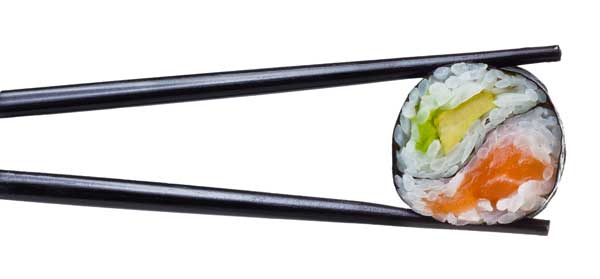
20 Ways To Eat Out 550 Calories or Less!
No time to cook? We’ve got you covered. Here are 20 healthy meals from a variety of cuisines that won’t pack on the pounds. Most of them also have less than 30 grams of carbs.
Subscribe to my newsletter and get this free download.
